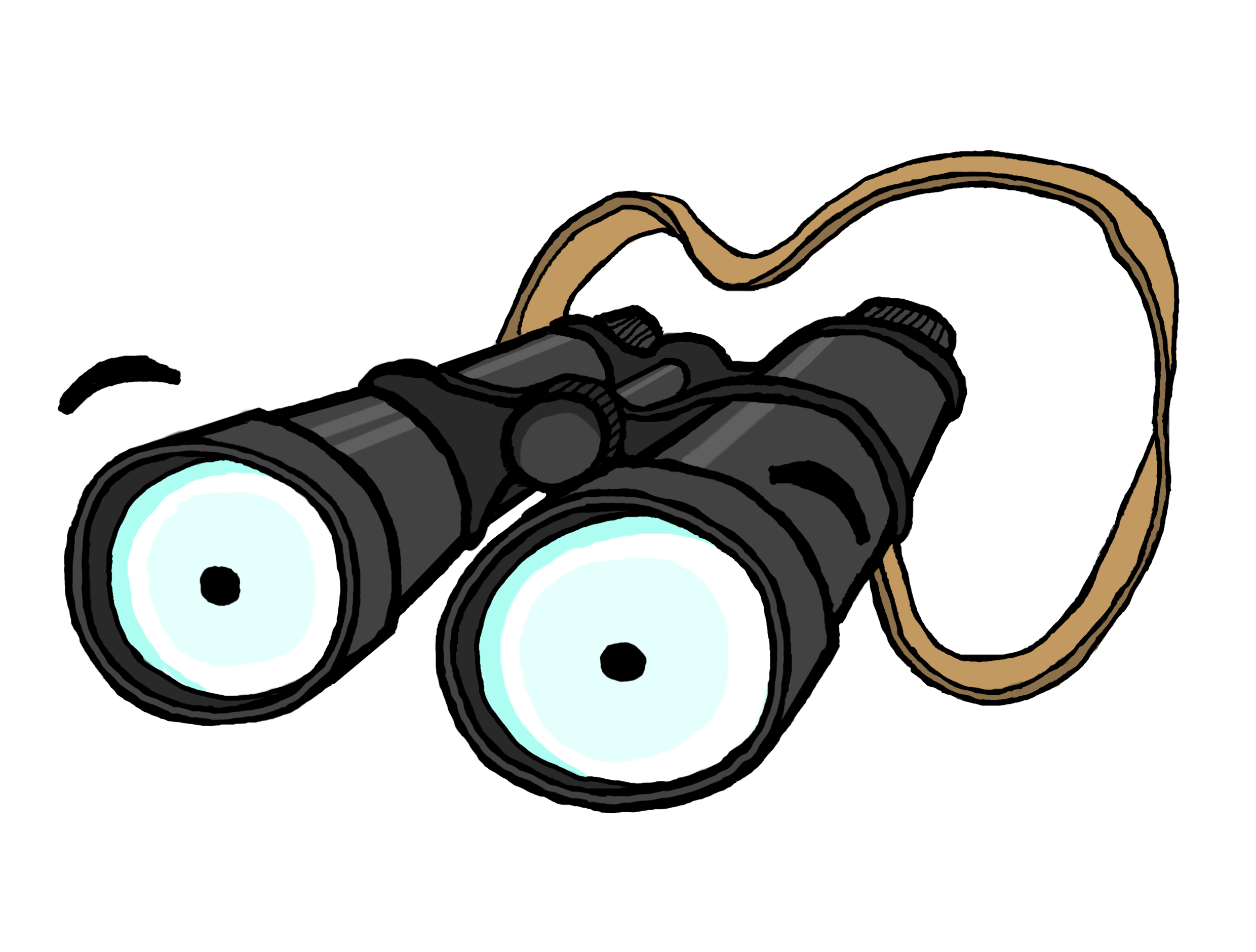Animals
Though the British Army was largely mechanised by 1939, animals still played a key role in the conflict. These animals were cared for by the Veterinary Surgeons, Farriers & Grooms of the Royal Army Veterinary Corps.
Horses, mules & donkeys were used in the mountains of Italy & the deserts of North Africa, ably assisted by the ‘ship of the desert’ the camel. While elephants, along with mules & bullocks, were very effective in the jungles of the Far East. These four legged animals could navigate terrain where motorised vehicles could not. Elephants were also used to great effect in other capacities. The elephant’s great strength was useful in pulling vehicles out of the mud as well as transporting heavy loads.
Dogs of various breeds were used, mainly in a guarding capacity to protect government installations throughout the world, but also were used as patrol dogs (on patrol with soldiers when seeking the enemy) & mine dogs (searching for vehicle land mines & anti-personal mines). Pleas were made to the general public to loan their dogs to the military, with the animals to be returned when the war was over.
DID YOU KNOW…?
The RAF had its own RAF Pigeon Service.
Pigeons were also involved in the conflict, used by the signal units of the British Army to convey messages when other means failed. All reconnaissance and bomber aircraft were provided with a pair of homing pigeons housed in a specially constructed watertight basket. In the event of a ditching in the sea or a forced landing of an aircraft the crew's location was written down on a piece of paper, placed into a canister attached to the pigeon's leg. The pigeon, once released, would return to its loft where the message was given “urgent priority” being sent to the Air Ministry via the Postal Authorities as a telegram. Once received, a search and rescue mission would get underway.
Whilst one of the major factors for using homing pigeons was their ability to find their home loft wherever they were, their speed and range were also impressive. The range of a homing pigeon was approximately 300 miles & at this distance the birds had a success rate of over 86%. With an average speed of 50 mph it made it almost impossible for them to be shot down by ground troops.
DID YOU KNOW…?
The Dicken medal was warranted to acknowledge the bravery of animals during war time
SECOND WORLD WAR CONTENTS:
References




